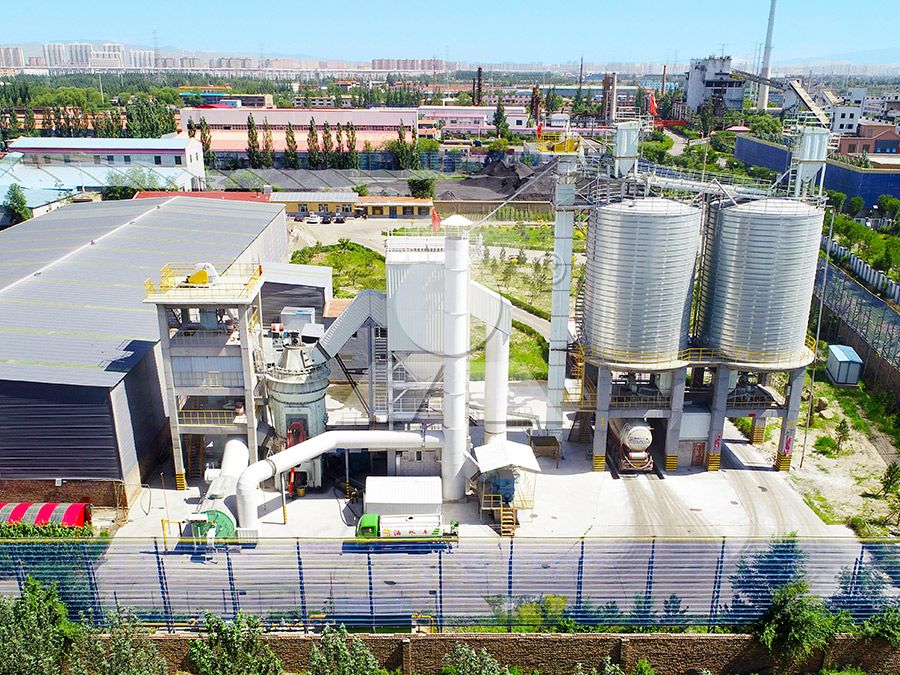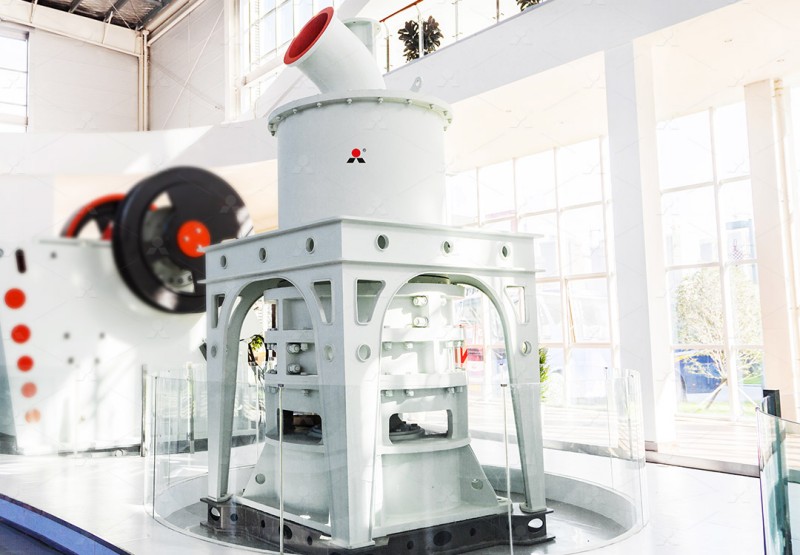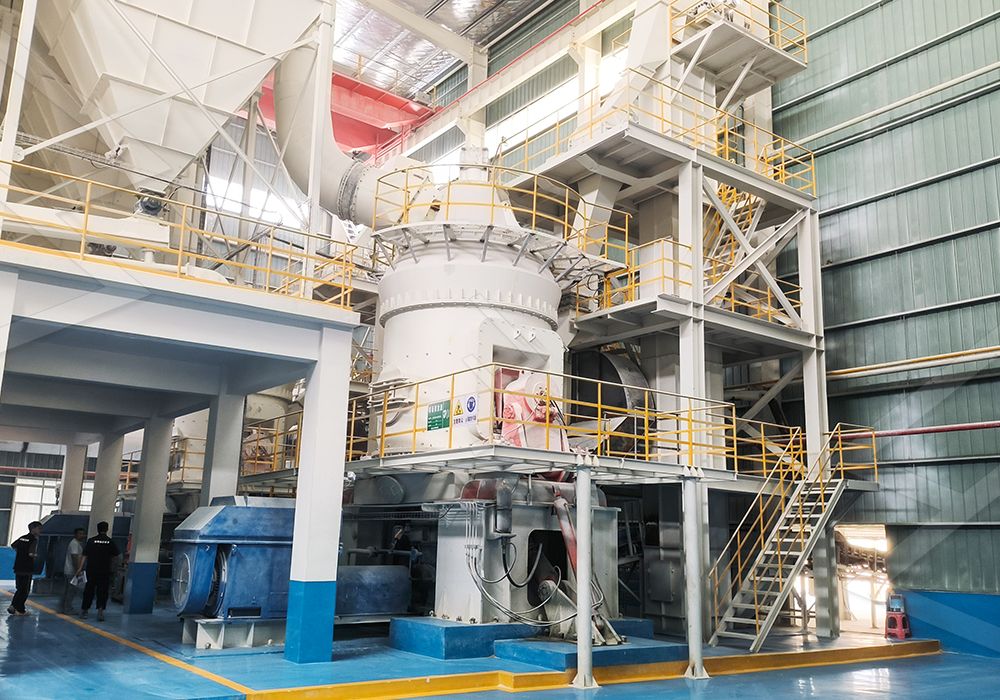400 Mesh Water Slag Grinding Mill: Price and Technical Data
Introduction to Water Slag Grinding
Water slag, a byproduct of steel production, has gained significant traction as a valuable supplementary cementitious material in recent years. When ground to appropriate fineness, typically around 400 mesh, it develops excellent pozzolanic properties that enhance concrete durability and strength. The process of transforming coarse water slag into this valuable powder requires specialized grinding equipment capable of handling its abrasive nature while achieving consistent particle size distribution.

Technical Considerations for 400 Mesh Grinding
Achieving 400 mesh fineness (approximately 38 microns) demands precision engineering and robust construction. The grinding mill must maintain stable operation while processing this challenging material. Key technical parameters include grinding pressure, classifier speed, wear resistance of components, and energy efficiency. The abrasive characteristics of water slag necessitate specially hardened grinding elements to maintain production consistency and reduce maintenance frequency.
For operations requiring 400 mesh water slag powder, we strongly recommend considering our MW Ultrafine Grinding Mill. This advanced system is specifically engineered for challenging materials like water slag, offering adjustable fineness between 325-2500 meshes – perfectly encompassing the 400 mesh requirement. With its German-designed cage-type powder selector, the MW series delivers exceptional precision in particle size control, achieving screening rates of d97≤5μm in a single pass.
Critical Performance Factors
- Wear resistance of grinding components
- Classification efficiency at target fineness
- Energy consumption per ton of output
- System reliability and maintenance requirements
- Environmental compliance and dust control

Equipment Selection Guide
When evaluating grinding mills for water slag applications, several factors demand careful consideration. The MW Ultrafine Grinding Mill stands out with its unique chamber design that eliminates rolling bearings and screws in the grinding zone, significantly reducing failure points common in abrasive applications. This design philosophy extends component life and minimizes unscheduled downtime.
For operations requiring higher capacity or dealing with varying feed materials, our LUM Ultrafine Vertical Grinding Mill presents an excellent alternative. Integrating the latest grinding roller technology with advanced powder separation systems, the LUM series offers exceptional flexibility with energy consumption reductions of 30%-50% compared to conventional mills. Its reversible structure simplifies maintenance procedures, allowing rapid roller replacement without extensive disassembly.
Comparative Advantages
The MW series particularly excels in water slag applications due to its higher yielding and lower energy consumption characteristics. Production capacity reaches 40% higher than jet grinding mills and double that of ball grinding mills at equivalent fineness and power input. The integrated pulse dust collector ensures environmentally compliant operation, a critical consideration in today’s regulatory environment.

Economic Considerations
Investing in appropriate grinding technology for water slag processing requires balancing initial capital expenditure against long-term operational costs. The MW Ultrafine Grinding Mill’s energy efficiency – consuming only 30% of the energy required by jet grinding mills – delivers substantial savings over the equipment lifecycle. Combined with reduced maintenance requirements through its bearing-free grinding chamber design, the total cost of ownership becomes increasingly competitive.
Frequently Asked Questions
What is the typical production capacity for 400 mesh water slag grinding?
Production capacity varies by equipment selection and specific material characteristics. Our MW Ultrafine Grinding Mill typically processes 0.5-25 tph depending on configuration and moisture content.
How does water slag abrasiveness affect mill maintenance?
Water slag’s abrasive nature necessitates robust wear protection. The MW series addresses this through specially hardened grinding elements and a chamber design that eliminates vulnerable components like rolling bearings from the grinding zone.
What environmental considerations apply to water slag grinding?
Modern grinding systems must incorporate effective dust collection and noise reduction. The MW Ultrafine Grinding Mill includes integrated pulse dust collectors and mufflers, ensuring compliance with environmental standards.
Can the same mill process materials other than water slag?
Yes, both the MW and LUM series handle various materials including limestone, calcite, dolomite, and other industrial minerals, providing operational flexibility.
What factors influence the final decision between different mill types?
Key decision factors include required capacity, feed size, desired fineness range, available space, energy costs, and maintenance capabilities. Our technical team can provide specific recommendations based on your operational parameters.
